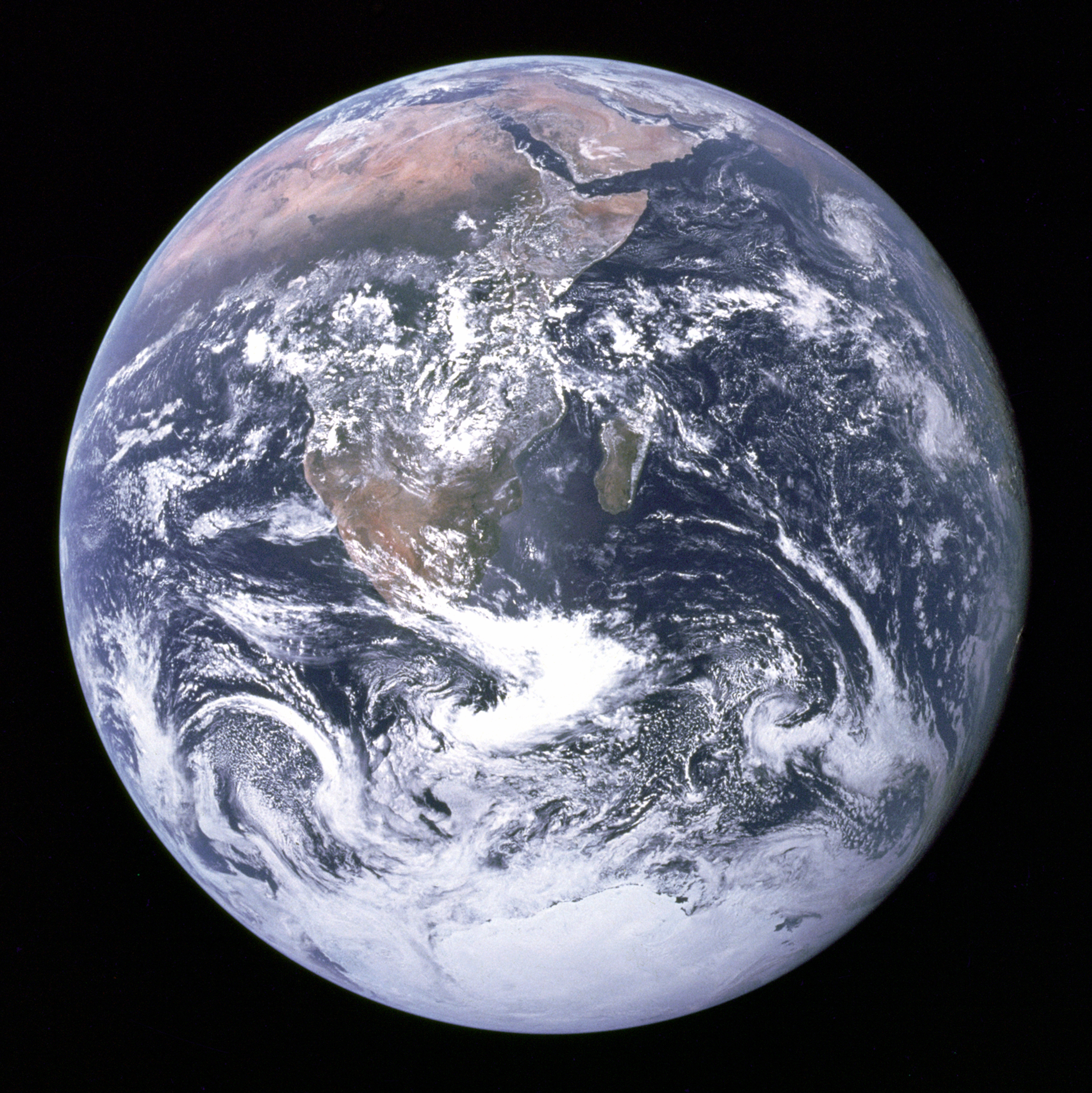
Judgement Day in Islam
In Islam, "the promise and threat" (waʿd wa-waʿīd)[1] of Judgement Day (Arabic: یوم القيامة, romanized: Yawm al-qiyāmah, lit. 'Day of Resurrection' or Arabic: یوم الدین, romanized: Yawm ad-din, lit. 'Day of Judgement'), is when "all bodies will be resurrected" from the dead, and "all people" are "called to account" for their deeds and their faith during their life on Earth. It has been called "the dominant message" of the holy book of Islam, the Quran,[Note 1][2] and resurrection and judgement the two themes "central to the understanding of Islamic eschatology."[3] Judgement Day is considered a fundamental tenet of faith by all Muslims, and one of the six articles of Islamic faith.
The trials, tribulations, and details associated with it are detailed in the Quran and the Hadith (sayings of Muhammad); these have been elaborated on in creeds, Quranic commentaries (tafsịrs), theological writing,[4] eschatological manuals to provide more details and a sequence of events on the Day.[2] Islamic expositors and scholarly authorities who have explained the subject in detail include al-Ghazali, Ibn Kathir, Ibn Majah, Muhammad al-Bukhari, and Ibn Khuzaymah.
Among the names of the Day of Resurrection/Judgement used in the Qur'an are:[5]
Related terms include (according to scholars Jane Smith and Yvonne Haddad),
Similarities to the Judgement Day of Christianity[edit]
Islamic and Christian eschatology both have a "Day of Resurrection" of the dead (yawm al-qiyāmah), followed by a "Day of Judgement" (yawm ad-din) where all human beings who have ever lived will be held accountable for their deeds by being judged by God. Depending on the verdict of the judgement, they will be sent for eternity to either the reward of paradise (Jannah) or the punishment of hell (Jahannam).[10]
Some of the similarities between Christian and Islamic eschatology include: when exactly Judgement day will occur will be known only to God;[11] it will be announced by a trumpet blast;[12] it will be preceded by strange and terrible events serving as portents; Jesus will return to earth (but in different roles); battles will be fought with an Antichrist and Gog and Magog; righteous believers will not be among the living when the world ends.
As in the First and Second Epistle of John[13] of the New Testament, an "Antichrist" figure appears in Islam, known (in Islam) as (Arabic: دجّال) Al-Masīḥ ad-Dajjāl, literally "Deceitful Messiah".[14] The Dajjal, like the Antichrist, performs miracles, or at least what appear to be miracles.[15] (In Islam, the Dajjal and many of his followers are prophesied to be killed by Jesus's breath,[16] just as in the second chapter of 2 Thessalonians it says "Jesus will destroy with the breath of his mouth, annihilating him by the manifestation of his coming", some unnamed "lawless" figure. [17]
As in the Christian Book of Revelation[18] (where they are to fight a "final battle with Christ and his saints"),[19] Gog and Magog, will be released, after being imprisoned for thousands of years in a mountain, to wage war against the righteous.[20] In an event somewhat similar to the Rapture concept in Christianity[Note 4]—where at some time near the end of the world all Christian believers disappear and are carried off to heaven—in Islam one of the very last signs of the imminent arrival of the end of the world will be a "pleasant"[21] or "cold" wind,[22] that brings a peaceful death to all Muslim believers, leaving only unbelievers alive to face the end of the world. Jesus (known in Islam as Isa) will make a second coming in Islam, but not to preside over Last Judgement. Instead he will help another Islamic saviour figure ("The Mahdi"), crush evildoers and restore order and justice before the end of the world, including (according to some Islamic hadiths) correcting the erring ways of the world's Christians by converting them to Islam.[23] (Muslims do not believe these matching prophecies about Judgement Day are a result of Islam imitating Christianity, but that the Abrahamic religions of Judaism, Christianity and Islam resemble each other because God's word has been sent by prophets throughout history to all three groups/religions, but that the first two garbled and corrupted his teachings and that only Teachings of Islam has not been corrupted.)[24][25]
Literal or figurative interpretation[edit]
While early Muslims debated whether scripture on Judgement day should be interpreted literally or figuratively, the school of thought that prevailed (Ashʿarī) "affirmed that such things as" connected with Judgement day as "the individual records of deeds (including the paper, pen, and ink with which they are inscribed), the bridge, the balance, and the pond" are "realities", and "to be understood in a concrete and literal sense."[91] Regarding heaven and hell, today, "the vast majority of believers", (according to Smith and Haddad), understand verses of the Quran on Jannah (and hellfire) "to be real and specific, anticipating them" with joy or terror,[92] although this view "has generally not insisted that the realities of the next world will be identical with those of this world".[92] On the other hand, since "the time and chronology are less important than the ultimate significance of resurrection and judgement "as a whole", the point of stories of Judgement day in the eschatological manuals is to be "didactic" not accurate,[9] i.e. to raise awareness of "the threat and promise" of the message of Islam even if most of the story is based not on the verses of the Quran but on the author's imagination. The eschatological manual Kitāb aḥwāl al-qiyāma, for example, describes the Fire/Hell terrifyingly but implausibly as having "four legs (between each leg 1000 years), thirty heads with 30,000 mouths each, lips like 1000 mountains, and so on".[93]